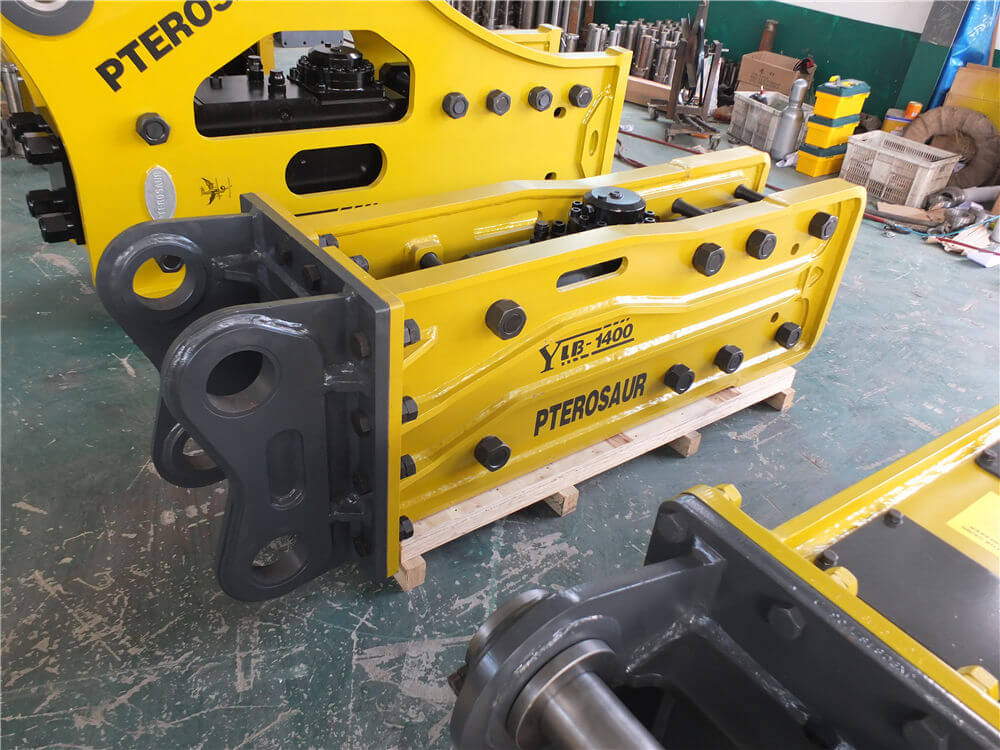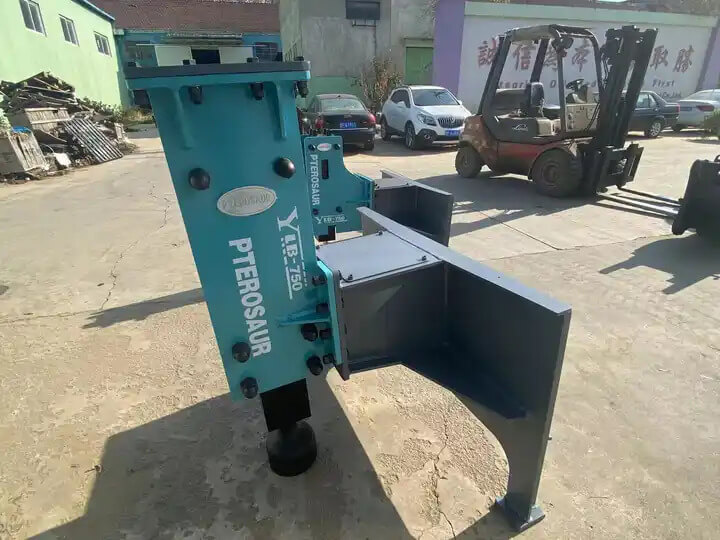Understanding Hydraulic Hammers: Mechanisms and Applications
Hydraulic hammers are crucial tools in the construction and demolition industries, known for their ability to break down tough materials efficiently. This article delves into the working mechanism of hydraulic hammers, exploring their functionality, components, and applications.
The Mechanism Behind Hydraulic Hammers
At the core of the hydraulic hammer’s effectiveness is its simplistic yet powerful mechanism. The operation begins when hydraulic fluid is pumped into a cylinder. This movement pushes a piston forward, which in turn propels a chisel to strike the material being worked on. The impact produced generates a substantial force that breaks the material into smaller, manageable pieces.
Key Components of Hydraulic Hammers
Understanding the components involved is essential for anyone working with hydraulic hammers:
- Hydraulic Cylinder: This component houses the hydraulic fluid and piston. The fluid’s pressure is what drives the piston forward.
- Piston: The piston is responsible for transferring the hydraulic energy into a mechanical force that strikes the chisel.
- Chisel: The chisel is the tool that makes contact with the material, breaking it apart upon impact.
- Housing: This encases the entire mechanism and provides protection and stability.
The Hydraulic Energy Conversion
The hydraulic hammer primarily operates on the principle of hydraulic energy conversion. When hydraulic pressure builds up within the cylinder, it compresses the piston. Once a critical pressure point is reached, the piston is released, and the stored energy is converted into a percussive force that effectively breaks the material.
Applications in Construction and Demolition
Hydraulic hammers are widely used in various applications, including:
- Demolition: Their ability to break concrete, asphalt, and other robust materials makes them ideal for demolition sites.
- Excavation: They assist in breaking up rocky terrain, facilitating easier digging and removal.
- Pile Driving: Hydraulic hammers are used to drive piles deep into the ground for foundational support in construction projects.
Maintenance and Troubleshooting
Proper maintenance of hydraulic hammers ensures longevity and efficiency. Regular inspections should be conducted to check for hydraulic fluid leaks, wear on the chisel, and the overall condition of the housing. Addressing noise issues is also crucial, as unusual sounds can indicate underlying mechanical problems.
Conclusion
In conclusion, hydraulic hammers are powerful tools that play a vital role in the construction and demolition industries. By understanding their working mechanism, components, and applications, professionals can use them more effectively and maintain them for optimal performance. Whether you are breaking concrete or driving piles, mastering the use of hydraulic hammers can significantly enhance productivity on the job site.



































